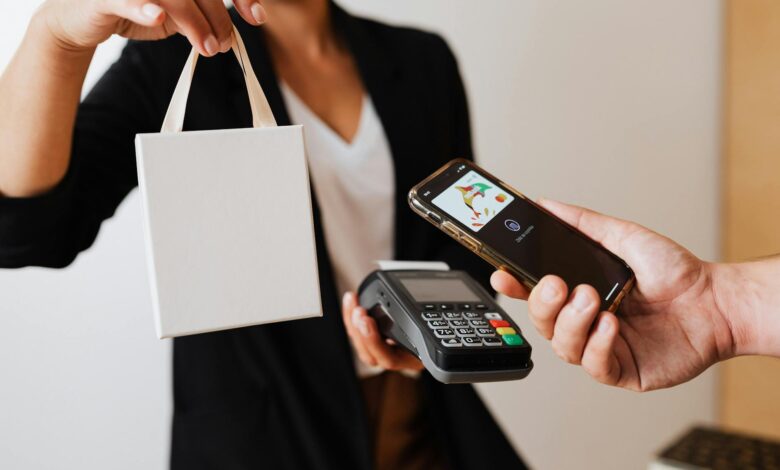
Where cash and cards once ruled, smartphones have now become the default payment method for millions of users. With just a tap, Near Field Communication (NFC) technology enables seamless transactions, ticket scans, and even quick access to websites or services. But this convenience comes with a growing risk: NFC tag tampering.
As digital wallets and contactless payments surge, cybersecurity researchers are raising red flags about malicious actors exploiting NFC to deliver phishing links, install malware, or steal user data.
According to Marc Rivero, Lead Security Researcher at Kaspersky, “NFC technology is incredibly convenient, but it’s also a vector for malicious activity if users aren’t cautious. Innocent-looking tags in public spaces can be reprogrammed or replaced to carry out harmful actions. As the adoption of NFC continues to grow in areas like payments, public transport, and marketing, we anticipate that malicious actors will become increasingly sophisticated in their tactics. In the next few years, NFC-related attacks could potentially target thousands of users globally, particularly in urban areas where NFC usage is widespread. Awareness and proactive measures are key to mitigating these risks.”
How NFC Tag Tampering Works
NFC tags are commonly found on public transport terminals, posters, advertisements, product packaging, and smart devices. Designed to trigger quick actions – like opening URLs, pairing devices, or making payments – these tags offer powerful automation. But if not properly secured, they become a target for exploitation.
One method involves reprogramming unlocked NFC tags. For example, a legitimate tag on a poster could be modified to redirect users to a phishing website. In other cases, attackers may completely replace tags in public places with ones containing harmful commands or links. These attacks are often unnoticed because NFC tags are small, passive, and physically unassuming.
High-traffic areas such as cafes, malls, train stations, and public kiosks are ideal environments for such tampering, where people frequently interact with tags without thinking twice.
What Can Go Wrong?
The consequences of scanning a malicious NFC tag can range from mildly annoying to financially and digitally devastating.
- Phishing attacks: Users may be directed to fake websites that mimic login portals to steal credentials or personal data.
- Malware installation: Tags can initiate downloads or app installs that carry malicious payloads—spying on user activity or stealing files.
- Device compromise: Vulnerabilities in a smartphone’s NFC reader may allow for exploitation through custom-crafted tags that execute harmful code.
- Financial loss or privacy invasion: Users may unknowingly authorise actions, subscribe to services, or expose sensitive information.
In essence, a simple tap could grant attackers access to a user’s digital life.
How to Protect Yourself from NFC Threats
There are practical steps users can take to reduce their exposure to NFC-based attacks:
- Inspect the environment: Avoid tapping tags in untrusted or poorly secured locations, especially if the tag looks damaged, loose, or misplaced.
- Double-check actions: Before allowing your phone to proceed with a task, examine the URL or command being triggered.
- Disable automatic responses: Set your phone’s NFC settings to require user confirmation before executing tag-triggered actions.
- Install mobile security software: Reliable security solutions can help detect and block malicious behavior triggered by rogue NFC tags.
- Keep software updated: Ensure your device’s operating system and NFC firmware are current to reduce known vulnerabilities.
What Businesses Should Do
Enterprises leveraging NFC for marketing, logistics, or operations should also take precautions to prevent their tools from becoming attack vectors.
- Use locked or read-only NFC tags: Prevents reprogramming by malicious actors.
- Implement routine tag audits: Regular inspections help catch tampering early, especially in high-traffic public deployments.
- Educate users: Inform customers and employees about safe interaction with NFC technology, including what legitimate tag behavior looks like.
The Way Forward
As mobile wallets and smart automation become central to daily life, NFC will continue to underpin much of our touchless experiences. But without safeguards, it also offers attackers a quiet and effective entry point.
The rise in NFC usage demands greater awareness – from both users and the organisations deploying the technology. By combining vigilance, education, and basic security practices, the benefits of NFC can continue to outweigh the risks.







